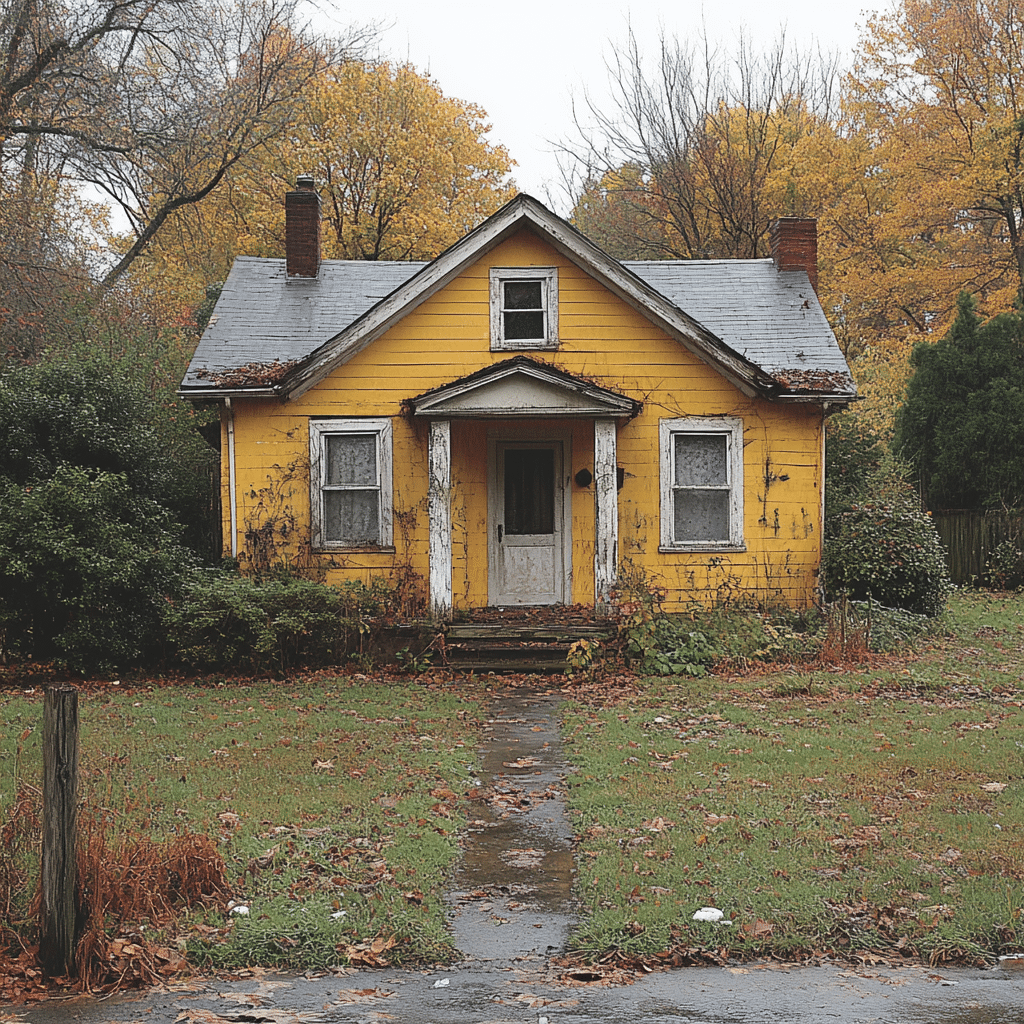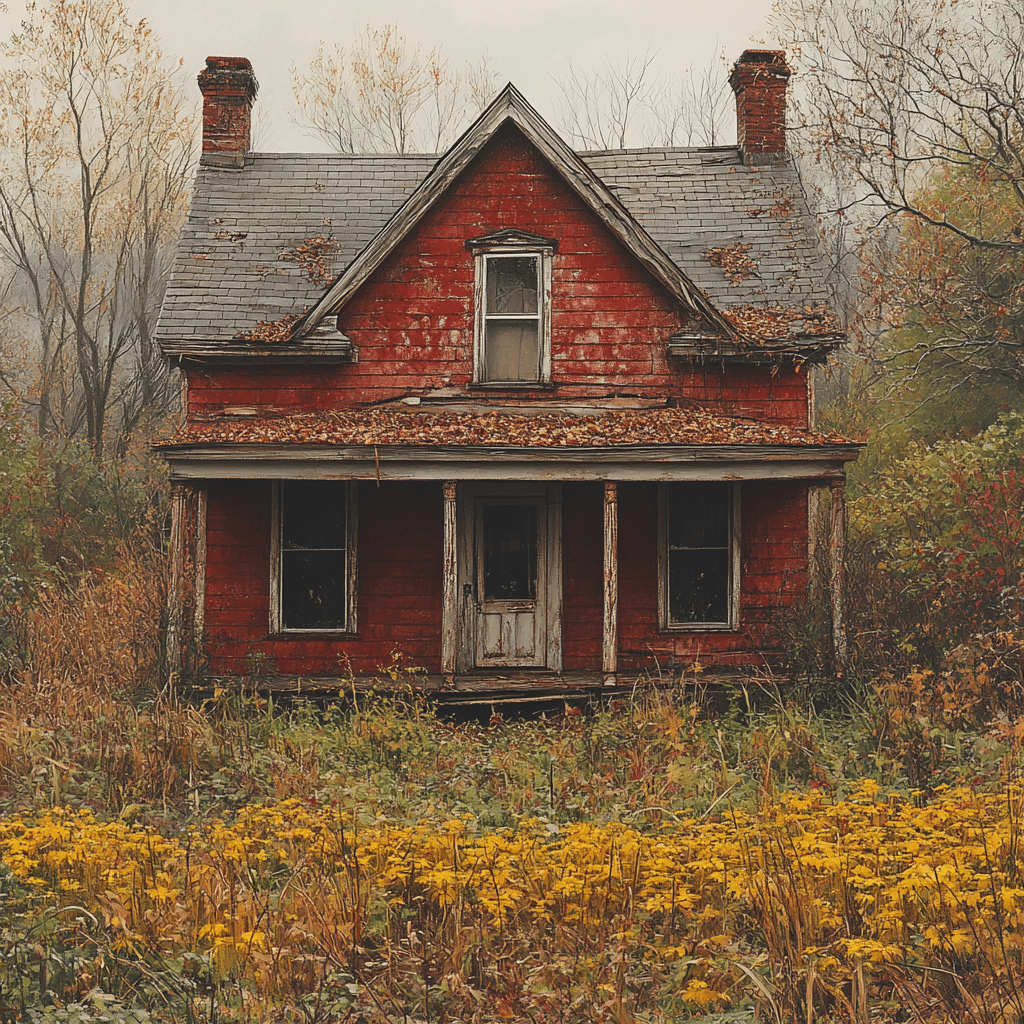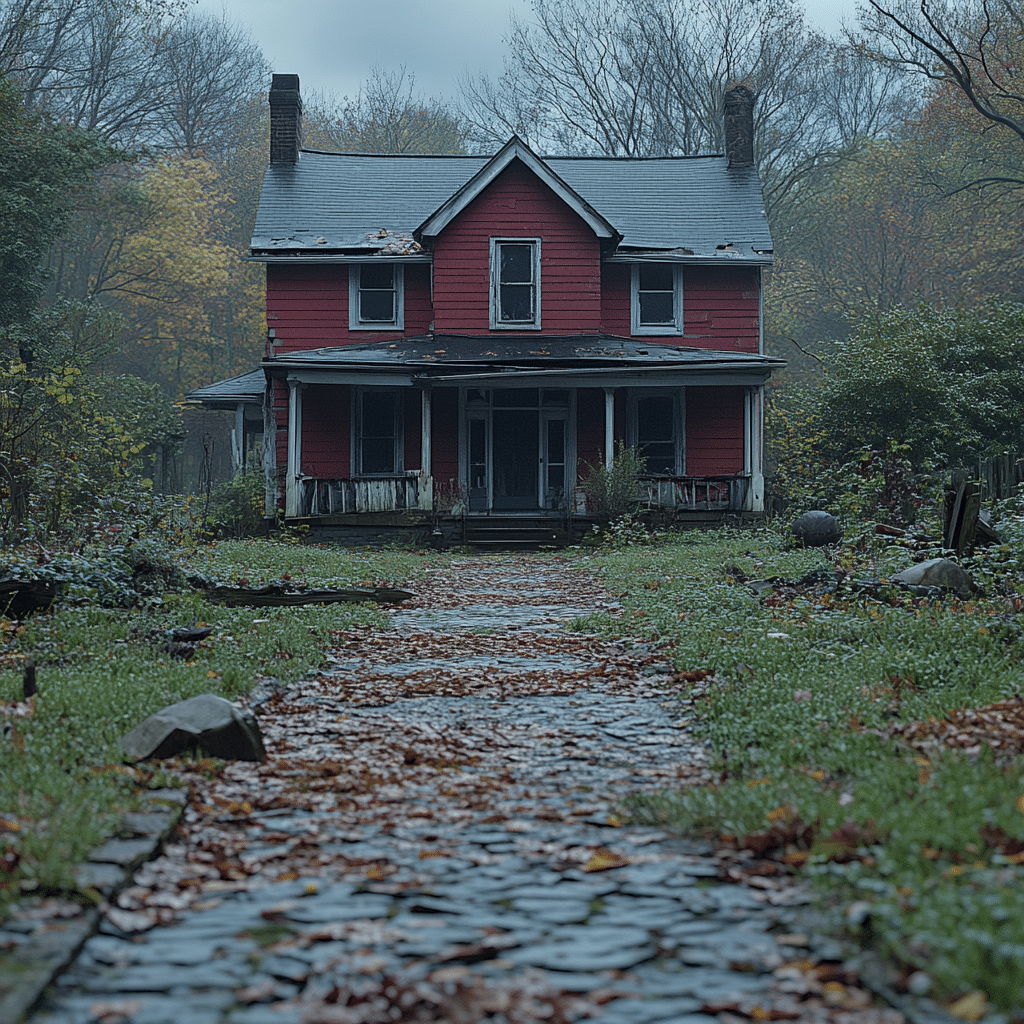Navigating the financial maze of mortgage payments can be a daunting journey. The possibility of foreclosure looms ominously for many homeowners. Let’s delve into the complexities of foreclosed homes to achieve a clear understanding of this multifaceted issue.

The Evolution of Foreclosures: A Brief Historical Overview
Foreclosures have shaped the housing landscape through various historical periods.
Early 20th Century
The Great Depression was a pivotal period in the history of foreclosures. As unemployment rates soared, countless homeowners defaulted on their mortgages. In response, the government established the Home Owners’ Loan Corporation in 1933, aiming to refinance mortgages and stem the tide of foreclosures. This initiative underscored the critical need for systemic intervention during economic crises.
2008 Financial Crisis
This era marked another significant spike in foreclosure rates, with the subprime mortgage crisis at its core. Risky lending practices, such as those by Lehman Brothers, triggered massive defaults. The Troubled Asset Relief Program (TARP) was introduced to stabilize the economy and mitigate the foreclosure surge. These historical instances illustrate the dynamic interplay between economic conditions and foreclosure rates.

Top 7 Eye-Opening Statistics About Foreclosed Homes
1. National Foreclosure Rate: In 2023, the U.S. national foreclosure rate stood at 0.38%, a dramatic decline from the peak of 2.23% in 2010 post-housing crisis. Stricter lending practices and robust economic conditions contributed to this improvement.
2. State Disparities: States such as New Jersey and Illinois report foreclosure rates higher than the national average. These disparities reflect local economic challenges and intricate legal processes that prolong foreclosure.
3. Homeowner Demographics: Recent analysis shows a significant proportion of foreclosures involve individuals aged 45-64. This trend spotlights mid-to-late career homeowners, often burdened with higher financial responsibilities, as vulnerable to mortgage default in economic downturns.
4. Recovery Times: Judicial states like Florida typically see an average of 730 days (approximately two years) from the initial missed payment to complete the foreclosure process. This duration varies based on state laws and individual circumstances.
5. Economic Impact: Foreclosures can erode neighborhood property values by up to 9%. The ripple effect includes diminished municipal tax revenues and increased local government costs for maintaining abandoned properties.
6. Investor Influence: Nearly 20% of foreclosed homes are purchased by real estate investors who refurbish and resell them for a profit. The surge in institutional investors like Zillow and Redfin affects pricing and availability.
7. Prevention Programs: Consider the Home Affordable Modification Program (HAMP) as a trailblazer for current initiatives aimed at mortgage payment reduction and foreclosure prevention. Over 1.8 million homeowners reaped its benefits, setting a precedent for future programs.
| Aspect | Description |
| Definition | Property repossessed by the lender due to the borrower’s failure to make mortgage payments. |
| Types | Bank-Owned (REO), Government-Owned, Pre-Foreclosure, Auction |
| Common Causes | Financial hardship, unemployment, illness, adjustable-rate mortgage resets |
| Purchase Method | Auctions, REO sales, short sales, government agencies |
| Benefits | Potentially lower purchase prices, investment opportunities, ability to negotiate terms |
| Risks | Property condition unknown, potential liens, competitive bidding, financing challenges |
| Financing Options | Cash, conventional mortgage, FHA 203(k) loan for repairs |
| Inspect Before Buying | Highly recommended; obtain a professional home inspection if possible |
| Average Sale Price | Typically 10%-30% below market value, but varies depending on location and condition |
| Market Trend | Prices and availability are influenced by local economic conditions and housing market trends |
| Buyer Considerations | Budget for repairs, research neighborhood, understand total investment required |
| Legal Process | Varies by state; typically involves judicial or non-judicial foreclosure processes |
What Is Foreclosure and How Does It Affect Homeowners?
Foreclosure is a process by which lenders attempt to recoup the balance owed on a defaulted loan by taking ownership of the mortgaged property. Homeowners usually face foreclosure after missing mortgage payments for 3-6 months.
Stages of Foreclosure
Pre-Foreclosure: This initial stage arises when homeowners are delinquent on mortgage payments. Lenders might still accept payment arrangements to avert formal foreclosure.
Foreclosure Auction: If unresolved, the property is auctioned off. The highest bidder, often the lender, takes possession if no competitive offers are presented. Auctions can be an entry point for investors seeking foreclosed homes for sale. Learn more about auction real estate here.
Post-Foreclosure: Unsold auction properties become Real Estate Owned (REO) properties by the lender. These homes are sold, frequently below market value.
Forecloser Tactics: Strategies and Trends in the Market
Foreclosers, or foreclosure investors, employ diverse strategies to capitalize on distressed properties. Understanding these tactics offers valuable insights into market trends.
Short Sales
This involves purchasing properties for less than the amount owed on the mortgage with lender approval. Companies like Opendoor often use this method to acquire properties below market value.
Wholesale Deals
Investors connected with real estate wholesalers gain early access to distressed properties. New Western Acquisitions specializes in this approach, flipping foreclosed homes for profit.
House Flipping
Popularized by TV shows like HGTV’s “Flip or Flop”, this strategy centers on purchasing, renovating, and swiftly reselling homes at a profit. Success hinges on accurately estimating renovation costs and market demand.
Community Impact: The Broader Consequences of Foreclosed Homes
Foreclosures ripple out to touch entire communities, affecting:
Blight and Crime
Vacant properties often lead to increased crime and vandalism. Cities like Detroit have launched initiatives to reclaim and repurpose abandoned homes, combating neighborhood decline.
Property Values
Foreclosures depress local home values, leading to reduced tax revenues and strained public services. Municipalities may struggle with an economic downturn if foreclosure rates remain elevated.
Social Services Strain
High foreclosure rates burden social services. Families displaced by foreclosure might need housing assistance, food security programs, and welfare benefits.
Innovative Solutions and Future Outlook for Foreclosed Homes
The horizon of foreclosed homes offers tech-driven solutions and policy reforms:
PropTech Integration
Companies like Property Club leverage big data and AI to identify at-risk properties earlier, providing timely assistance to homeowners to avoid foreclosure.
Community Land Trusts
Nonprofits purchase foreclosed properties, redeveloping them for affordable housing. This model ensures long-term community stability and housing affordability.
Government Initiatives
Future policies could emphasize enhanced homeowner education and mortgage relief programs to preempt financial distress and reduce foreclosure rates. These initiatives echo the efforts of programs like HAMP.
Sustainable Developments
Embracing sustainable practices in rehabilitating foreclosed homes bolsters property values and promotes environmental responsibility. Innovations in green building technologies and energy-efficient retrofits are promising trends.
Foreclosed homes are a dynamic topic influenced by historical trends, economic conditions, and evolving market strategies. Understanding their complexities offers essential insights for homeowners, investors, and policymakers alike. By keeping abreast of these developments, we can better navigate and capitalize on the challenges and opportunities presented by the foreclosure market.
For more insights on foreclosed homes and detailed guidance, visit Mortgage Rater.
Foreclosed Homes: Stunning Facts and Insights
Did You Know?
Foreclosed homes often go on sale at a fraction of their original price. But that’s not the only intriguing tidbit in the foreclosed housing market. Let’s dive into some fun trivia and interesting facts that might take you by surprise.
An unexpected fact is that foreclosed homes can sometimes have unique histories. For example, local authorities, like the Baltimore County Police Department, often get involved when homes must be vacated. This adds an element of complexity to the process, and sometimes, interesting stories emerge. Another mind-blower? The difference between a deductible And out Of pocket can significantly impact the payment process for homeowners, affecting how they manage their finances during foreclosures.
Quirky Details and Historical Tidbits
The histories of some foreclosed homes can be quite colorful. Believe it or not, there are homes that have infamous pasts, like being the scene of an elaborate Joker Halloween costume party gone wrong, leading to neighborhood legends. Moreover, some foreclosed properties in prime locations can become hot topics, sparking local lore among former inhabitants and community members.
Sports and Reality Bites
On another note, sometimes the situations around foreclosures overlap with other big life events. Imagine having your home foreclosed right around significant events, like the Cowboys last Super Bowl. It reflects the unpredictable nature of life where major celebrations coincide with hard-hitting realities. This juxtaposition of highs and lows helps you realize how intertwined our lives and homes are with broader societal events.
Real Deals and Steals
If you’re in the market, don’t overlook foreclosed homes as you might find a real steal. Foreclosed homes often go for significantly lower prices, as highlighted in listings for Foreclosed Homes sales. It’s a goldmine for those keen-eyed buyers who know where to look. Whether you’re buying to live or invest, understanding these facets can provide a broader perspective on the real estate landscape, making the hunt a bit of an adventure with a rich tapestry of backstories.
These fascinating details shed light on the often-overlooked side of foreclosed homes, revealing the depth and richness of each property’s story. Intriguing, isn’t it?



